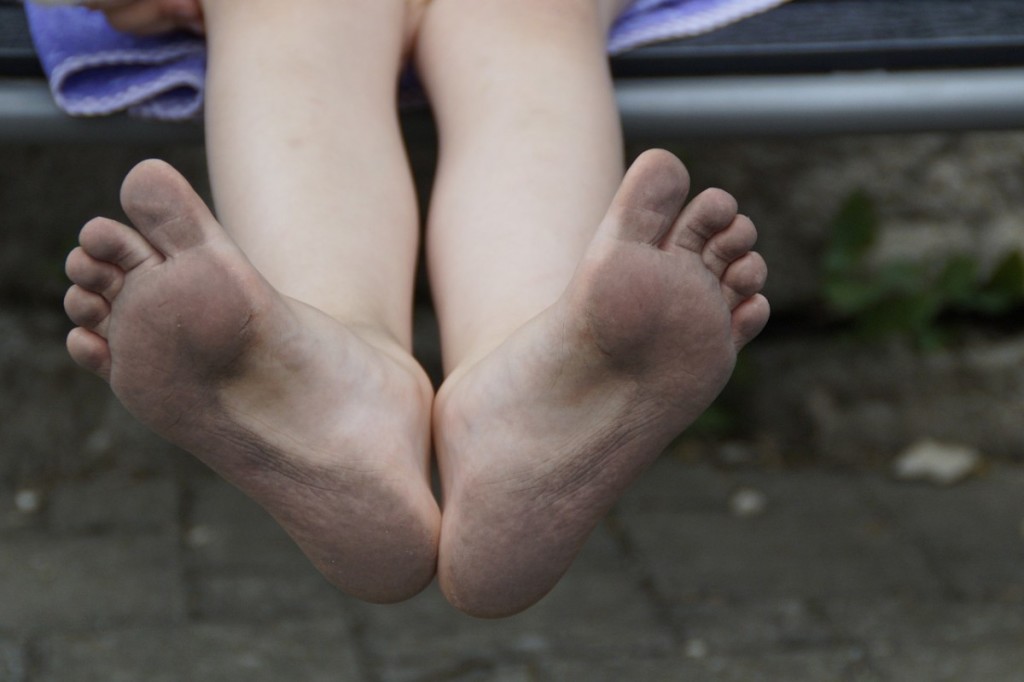Sever’s disease is a common children’s culprit that causes heel pain. Kids who experience this pain tend to be athletic children in the beginning stages of puberty, especially those experiencing growth spurts.
What causes Sever’s Disease?
Sever’s disease is usually caused by the body still catching up with its own growth, resulting in exposed and overused heels. The condition isn’t serious, but can be disabling enough to your growing child, particularly one who is active in several sports.
The pain from Sever’s disease is caused by swelling in the growth plate of the heel. During puberty, the heel bone may grow faster than the rest of the leg, causing tightness in the muscles and tendons and added pressure to the growth plate. As a child runs or plays sports, the repeated pounding on the heel and connecting tendons cause damage to the growth plate, which creates the associated pain. Standing for a long time can also aggravate the pain. Overweight children may also suffer from Sever’s disease because of the pressure on the heels from the extra weight. Older teens rarely experience the disease, because the growth plate has already hardened, and the rest of the bones have fused together into adult bones.
How do you diagnose the condition?
Until then, active kids who experience heel pain usually have difficulty walking, redness in the heel, stiff feet in the morning, and/ or pain when a doctor squeezes the heel on both sides. Typically, Sever’s disease is diagnosed that way.
How should it be treated?
Rest and ice is usually key to treating Sever’s disease until the heel pain goes away, but attention needs to be given to prevent prolonged or worsened injury. Wearing cushioned shoes instead of walking barefoot on hardwood floor can help alleviate some of the pressure.
A physical therapist can help kids stretch and strengthen their muscles to avoid more pain. Two stretches a child can do at home are a gastrocnemius stretch and soleus stretch, to loosen those two muscles.
Soleus stretch: Toes point forward, back knee is slightly bent. Heel stays on the ground. Push against the wall until you feel a stretch in the calf (soleus part).
Gastrocnemius stretch: Toes point forward, back knee is straight. Heel stays on the ground. Push against the wall until you feel a stretch in the calf (gastroc part).
Properly fitted shoes and orthotics may be prescribed as well. In addition, kids should avoid heavy or high-heeled shoes, and should continue regular stretching and strengthening as described by the physical therapist until the pain subsides and the child turns older and the bones are matured.



